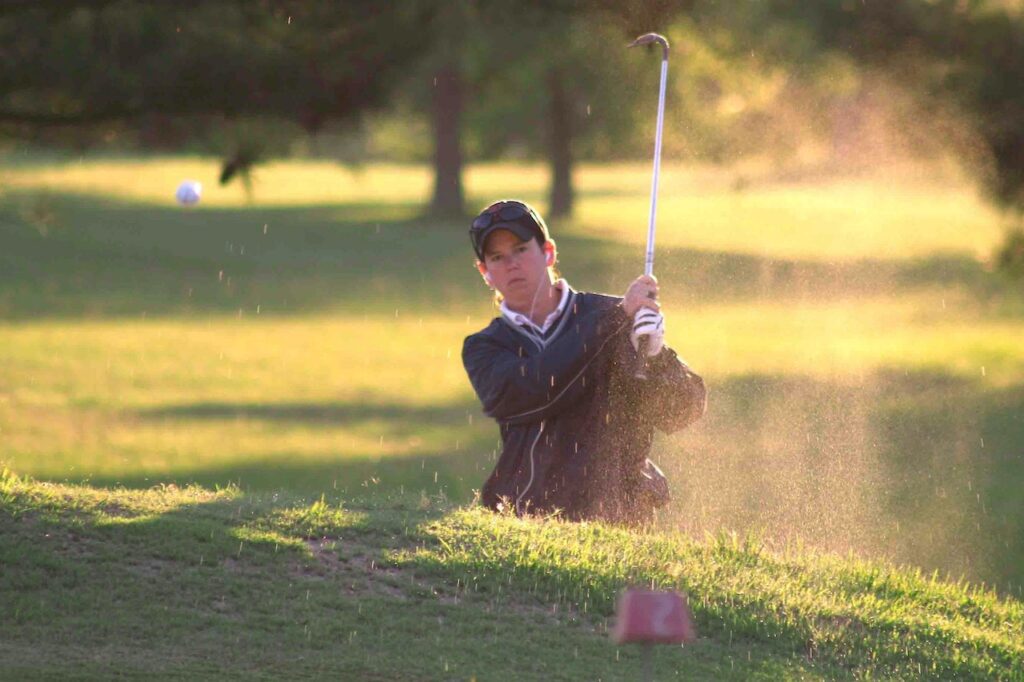From Tee to Green: Understanding Golf Course Design and How It Affects Play
There’s more to a golf course than meets the eye. Ever stood on a tee, surveying the vista before you and thought, Why is that bunker there? Why is this hole a dogleg? It’s not random; there’s a science and an art behind it. Delve with me into the intricate world of golf course design and discover how every mound, bunker, and water hazard can make or break your game. The Philosophy Behind Design To grasp the nuances of a course, we first need to understand the philosophy guiding its creation. Like a painter with a canvas, a designer uses the lay of the land to craft a challenging, but fair, test of golf. Have you ever faced a fork in the road and wondered which path to take? It’s the same on the course. Do you take the risk or play it safe? Tees: The Starting Point The design of a tee box might seem straightforward, but it plays a pivotal role in setting the tone. Fairways: The Path Forward Fairways are like the main roads of the golf course. Remember that saying, “It’s not about the destination, but the journey?” In golf, the journey is the fairway, and oh, what a thrilling ride it can be! Hazards: The Challenges Along the Way Hazards are the spice of the golf course. They’re there to test your mettle. Ever walked a tightrope or danced on the edge? Playing around hazards gives you that same thrilling feel. Greens: The Final Destination The green is where scores are made or broken. Its design can be deceptively complex. You’ve reached the end of the rainbow, but will you find the pot of gold? The Importance of Grass Types Different grasses have different textures and speeds. Bermuda, Bentgrass, Fescue – each has its own characteristics. Ever wondered why the ball behaves differently on various courses? The grass is often the unsung hero or villain! Strategic Design vs. Penal Design Some courses give you options, others, well, don’t. Think of it as the difference between choosing your adventure and being on a roller coaster – both thrilling, but in different ways. The Aesthetics and Environment A course isn’t just about playability; it’s also about the experience. Ever felt like you’re in a painting? Some courses can give you just that feeling. Signature Holes: The Showstoppers Every great course has that one hole that takes your breath away. Wrapping It Up: The Course and You Every golf course is a story, with a beginning, challenges along the way, and a final destination. The design dictates how this story unfolds, but always remember, you’re the protagonist. Your choices, skills, and spirit shape your unique experience. Key Takeaway: Golf course design is a blend of art and science. Understanding the nuances can elevate your appreciation and strategy, transforming every round into a richer experience. Remember, every course has its tale, are you ready to dive in and discover yours? Golf isn’t just a game; it’s an odyssey. From the first tee to the final green, the course design plays a silent, guiding role. Here’s to more adventures and stories waiting to be lived and told!
From Tee to Green: Understanding Golf Course Design and How It Affects Play Read More »








